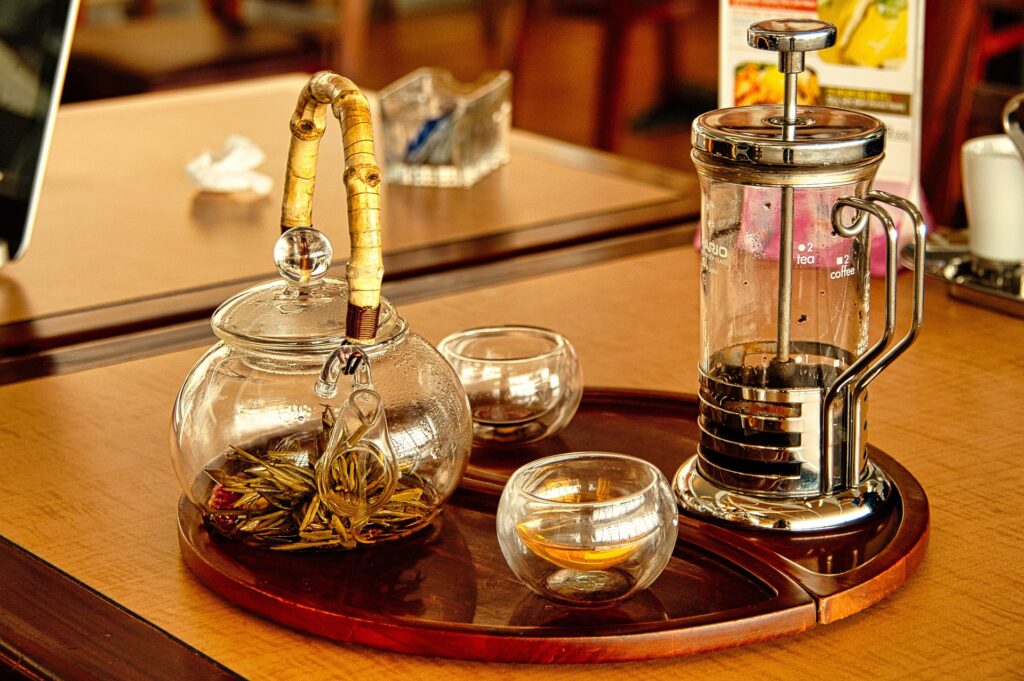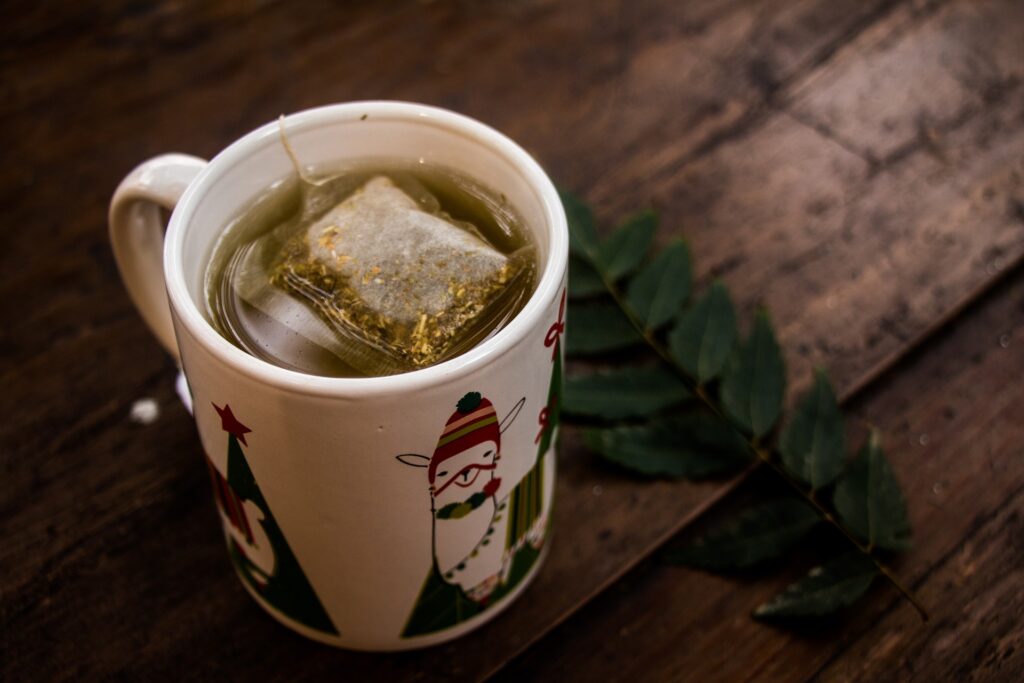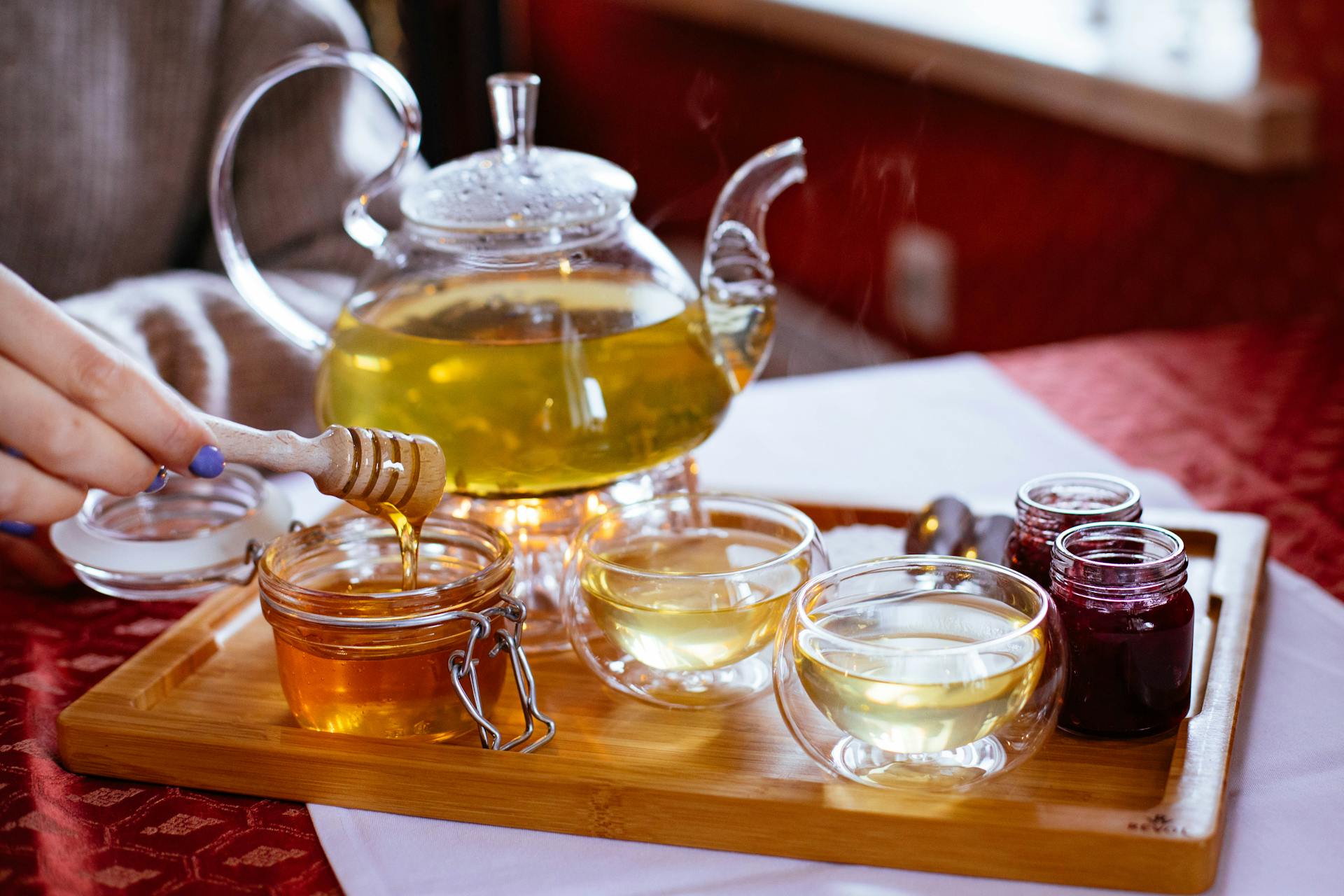Welcome to the world of Gyokuro tea—a luxurious green tea celebrated for its rich umami flavor and unparalleled quality. Imagine sipping a tea so refined, so delicately crafted, that each sip transports you to the serene tea fields of Japan. Whether you’re a tea connoisseur or a curious newcomer, Gyokuro promises an extraordinary experience. Let’s delve into the intricate art of Gyokuro tea and uncover what makes it one of Japan’s most treasured beverages.
Table of Contents

1. The Origins of Gyokuro Tea
Gyokuro, which translates to “jade dew,” originates from Japan and is one of the country’s most prestigious green teas. First cultivated in the 19th century, Gyokuro tea is primarily grown in the Uji region of Kyoto, renowned for its ideal tea-growing conditions. The meticulous process begins with shading the tea plants for about three weeks before harvesting, a technique that enhances the chlorophyll content and creates the tea’s distinctive sweet and savory flavor profile.
2. Unique Cultivation Process
The cultivation of gyokuro tea is an art form. Farmers cover the tea plants with bamboo mats or cloths, reducing sunlight exposure by 90%. This shading process slows down growth and increases the production of amino acids, particularly L-theanine, which is responsible for the tea’s rich umami taste. The leaves are carefully hand-picked and then processed to preserve their delicate flavors and nutrients.
3. The Harvesting Technique
Harvesting Gyokuro tea is a labor-intensive process. Only the youngest, tender leaves are selected, ensuring the highest quality. These leaves are hand-picked during the first flush of the season, typically in late April to early May. The careful selection and manual harvesting contribute to Gyokuro’s status as a luxury tea, distinguishing it from other green teas.
4. Processing and Production
After harvesting, the tea leaves undergo a precise steaming process to prevent oxidation and maintain their vibrant green color. This step is followed by rolling and drying, which helps to shape the leaves and lock in their flavor. The entire process is carefully controlled to ensure the final product retains the characteristic sweetness and complexity that Gyokuro is known for.
5. Flavor Profile and Tasting Notes
Gyokuro tea is celebrated for its complex flavor profile, featuring a deep umami taste with subtle notes of sweetness and a hint of marine-like brininess. The tea’s aroma is equally enchanting, offering a fresh, grassy scent with a slight vegetal undertone. The overall experience is smooth and rich, with a lingering aftertaste that delights the palate.

6. Brewing Gyokuro Tea: Techniques and Tips
Brewing Gyokuro requires attention to detail to fully appreciate its nuances. Use cooler water, around 50-60°C (122-140°F), to prevent bitterness. Steep for approximately 2 minutes to extract the full flavor without overpowering the delicate leaves. The traditional method involves using a small, kyusu teapot to enhance the ceremonial aspect and enjoyment of the tea.
7. Health Benefits of Gyokuro Tea
Beyond its exquisite taste, Gyokuro tea is packed with health benefits. It is rich in antioxidants, particularly catechins, which help combat free radicals and reduce inflammation. The high L-theanine content promotes relaxation and mental clarity, making it an excellent choice for those seeking both physical and mental well-being. Regular consumption can also support cardiovascular health and boost metabolism.
8. Comparing Gyokuro with Other Green Teas
Gyokuro stands apart from other green teas due to its unique cultivation and processing methods. Unlike Sencha, which is grown in full sunlight, Gyokuro’s shading process enhances its umami flavor and sweetness. Matcha, another shaded tea, is powdered, while Gyokuro leaves are rolled. These differences result in distinct flavor profiles and brewing methods, highlighting Gyokuro’s unique position in the green tea spectrum.
9. Culinary Uses and Pairings
Gyokuro is not just for drinking; it also has culinary applications. Its rich umami flavor makes it a perfect ingredient in gourmet recipes, such as tea-infused broths, desserts, and marinades. Pairing Gyokuro with foods like sushi, seafood, and delicate pastries enhances the dining experience, creating harmonious flavor combinations that delight the senses.
10. Storing Gyokuro Tea
Proper storage is crucial to maintaining the quality of Gyokuro tea. Store the tea in an airtight container, away from light, heat, and moisture. A cool, dark place like a pantry or a dedicated tea storage container is ideal. Properly stored, Gyokuro can retain its freshness and flavor for several months, allowing you to enjoy its exquisite taste over time.

11. Gyokuro in Japanese Culture
Gyokuro holds a special place in Japanese culture, often associated with tea ceremonies and prestigious gatherings. Its production and enjoyment are deeply rooted in Japanese traditions, reflecting the country’s dedication to craftsmanship and quality. Gyokuro is often gifted during special occasions, symbolizing respect and appreciation for the recipient.
12. Where to Buy Authentic Gyokuro Tea
To ensure you are getting authentic Gyokuro tea, purchase from reputable sources. Specialty tea shops, online retailers that focus on high-quality Japanese teas, and direct purchases from Japanese tea farms are reliable options. Look for certifications and reviews to verify the authenticity and quality of the tea, ensuring a true Gyokuro experience.
Conclusion:
Gyokuro tea is more than just a beverage; it’s an experience that embodies the essence of Japanese tea culture. From its meticulous cultivation and harvesting to its exquisite flavor and health benefits, Gyokuro offers a journey into the world of premium green tea. Whether you’re enjoying it as part of a traditional tea ceremony or incorporating it into your culinary adventures, Gyokuro promises to enrich your life with its elegance and depth. Embrace this remarkable tea and discover the jade dew of Japan.
FAQs:
1. What makes Gyokuro tea different from other green teas?
A. Gyokuro tea is shaded for about three weeks before harvesting, enhancing its umami flavor and sweetness. This shading process, combined with meticulous hand-picking and processing, distinguishes Gyokuro from other green teas like Sencha and Matcha.
2. How should I brew Gyokuro tea for the best flavor?
A. Use cooler water, around 50-60°C (122-140°F), and steep the leaves for approximately 2 minutes. This careful brewing process prevents bitterness and allows the tea’s delicate flavors to shine.
3. What are the health benefits of drinking Gyokuro tea?
A. Gyokuro tea is rich in antioxidants and L-theanine, promoting relaxation, mental clarity, cardiovascular health, and metabolism. It also helps reduce inflammation and combat free radicals.
4. Can I use Gyokuro tea in cooking?
A. Yes, Gyokuro’s rich umami flavor makes it an excellent ingredient in gourmet recipes, such as tea-infused broths, desserts, and marinades. It pairs well with sushi, seafood, and delicate pastries.
5. Where can I buy authentic Gyokuro tea?
A. Purchase authentic Gyokuro tea from reputable specialty tea shops, online retailers focusing on Japanese teas, or directly from Japanese tea farms. Look for certifications and reviews to ensure quality and authenticity.

